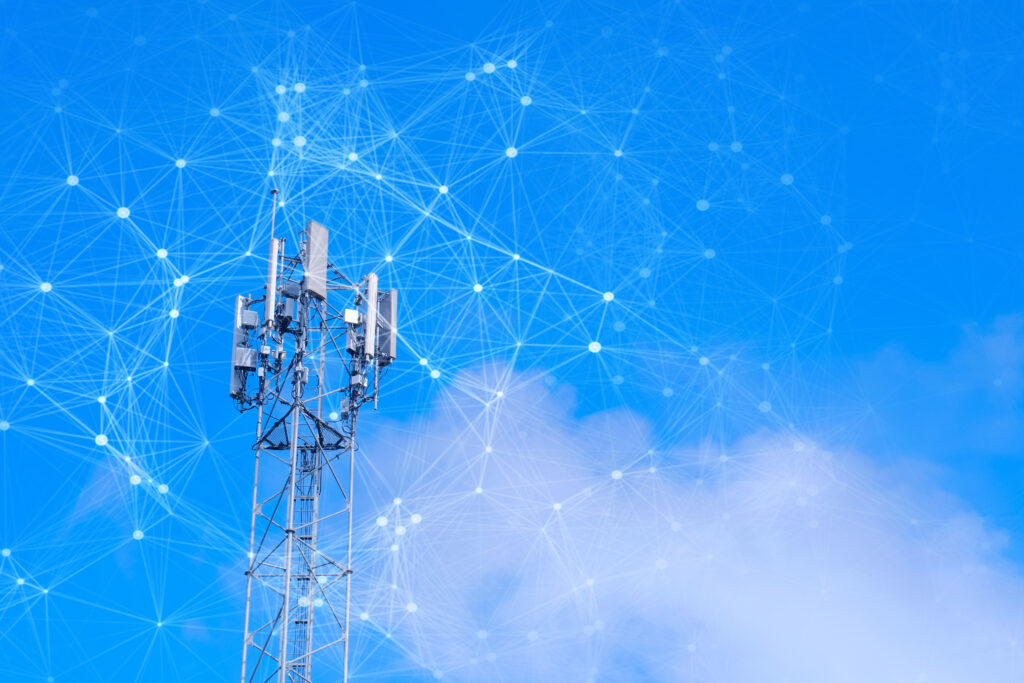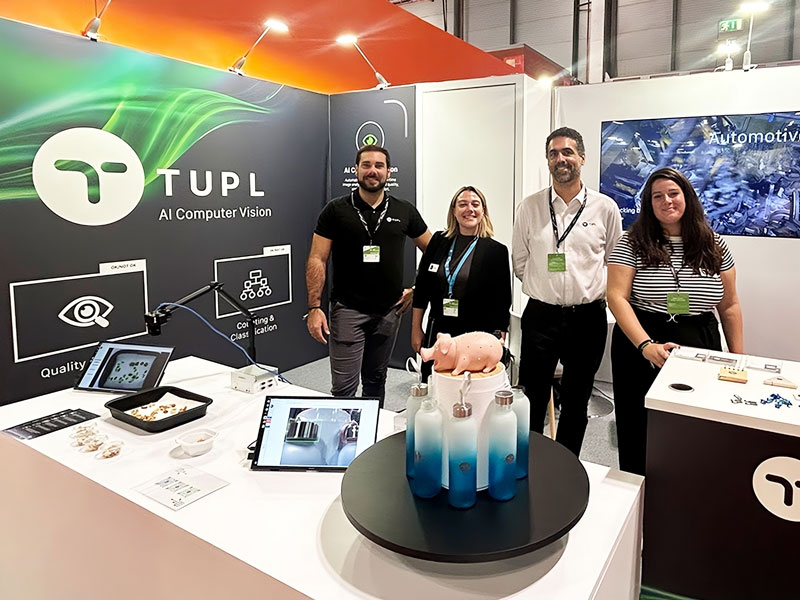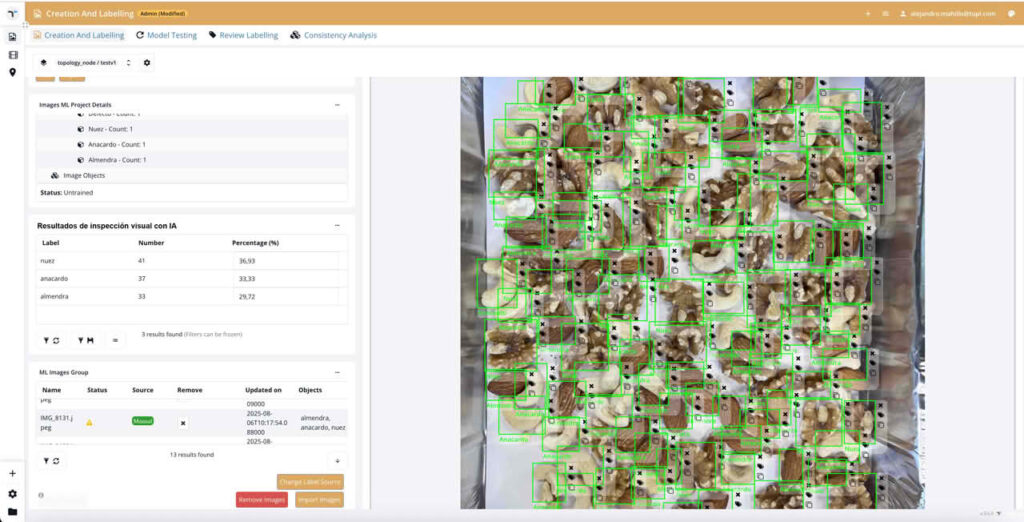The collaboration between Tupl and Deutsche Telekom (DT) exemplifies how open AI ecosystems drive transformative innovation in the telecom industry. By leveraging an MLOps platform, DT scales AI across departments, while Tupl’s AI-powered energy-saving solutions optimize operations through closed-loop automation, balancing cost reduction and network performance. This partnership highlights the importance of breaking down data silos, fostering collaboration, and embracing Generative AI (GenAI) for future-ready telecom operations. Together, they demonstrate how open ecosystems unlock efficiency, sustainability, and scalability, paving the way for AI-driven business transformation.

The digital transformation of industries is accelerating at an unprecedented pace, with AI playing a crucial role in optimizing operations, reducing costs, and enhancing efficiency. However, the real challenge in scaling AI solutions lies not just in the technology itself but in the ability to create an open and collaborative ecosystem where organizations and their partners can innovate together.
During the “Scaling AI with Open Ecosystem” panel discussion at MWC, Tupl and Deutsche Telekom (DT) provided a compelling example of how collaboration in an open AI ecosystem can drive transformative outcomes, particularly in energy savings.
Breaking Down Silos to Scale AI
Deutsche Telekom is spearheading AI scalability by deploying a Machine Learning Operations (MLOps) platform designed to serve as a harmonized development environment. This approach enables the seamless deployment of common AI models and multiple machine learning use cases across different departments and regions. By establishing a collaborative development environment, DT fosters innovation through shared tools and resources, benefiting both internal teams and external partners like Tupl.
One of the most critical areas DT is targeting with AI-driven solutions is operational efficiency, with energy savings being a prime focus. Given the rising energy costs and the increasing pressure to reduce carbon footprints, telecommunications providers are seeking intelligent automation to optimize energy consumption without compromising network performance or customer experience.
Tupl’s AI-Powered Energy Savings Initiative
Tupl’s CEO, Petri Hautakangas, highlighted how the company has been supporting Deutsche Telekom in energy-saving initiatives across multiple countries in Europe. Tupl’s AI solution enables DT to move beyond traditional static energy management settings, which often fail to capture the full potential of savings or may negatively impact service quality. Instead, AI continuously optimizes settings based on predefined operator strategies, ensuring the best balance between cost reduction and network performance.
“Energy savings is a perfect field for advanced AI capabilities,” Hautakangas noted. “AI needs to bring straightforward business cases for savings, and this requires a closed-loop automation system. We have had fantastic experiences working with DT on closed-loop automatic operations.”
This collaboration is already yielding impressive results, with DT planning to roll out the solution across eight to ten European countries this year.
The Role of MLOps in AI Scalability
MLOps is another fundamental pillar in Tupl and DT’s AI journey. Tupl’s approach is use-case-driven, ensuring that every AI model deployed brings measurable value. A major challenge in AI deployment is managing disparate data silos, which slow down the process of identifying useful insights. Tupl’s platform significantly reduces the time required to process and utilize data, accelerating the transformation cycle from months to mere days.
Petri shared an example from Tupl’s work with T-Mobile US, where their AI journey started with correlating customer-related issues using just six data feeds. Over time, the AI models evolved to incorporate over 40 data feeds, increasing the granularity and accuracy of decision-making. “Machine learning models are living systems that grow in complexity as engineers refine their capabilities,” he emphasized. “The same applies to energy savings—new features emerge, and AI must continuously adapt to orchestrate them.”
The Future of AI in Telecom: GenAI and Beyond
Looking ahead, the integration of Generative AI (GenAI) in network operations is becoming a necessity. Tupl has already secured commercial agreements to deliver GenAI-driven functionalities into production, showcasing how AI-driven automation will continue to revolutionize telecom operations.
Key Takeaways for Industry Players
From the discussion, Tupl and DT outlined critical recommendations for both telecom operators and AI vendors:
For Operators:
- Break down data silos to accelerate AI’s value realization.
- Treat software vendors as strategic partners rather than mere suppliers to maximize innovation and efficiency.
For Vendors:
- Prioritize agility—while operators share similarities, each environment is unique, requiring adaptable AI solutions.
- Ensure AI transparency—engineers need to understand why AI makes certain decisions, much like doctors rely on transparent diagnostics.
Conclusion
The collaboration between Tupl and Deutsche Telekom exemplifies how open AI ecosystems can drive meaningful innovation. By fostering collaboration, breaking down data silos, and leveraging AI-powered automation, the telecom industry can unlock new levels of efficiency, cost savings, and sustainability. As AI continues to evolve, such partnerships will be crucial in ensuring that technology remains a powerful enabler of business transformation.



